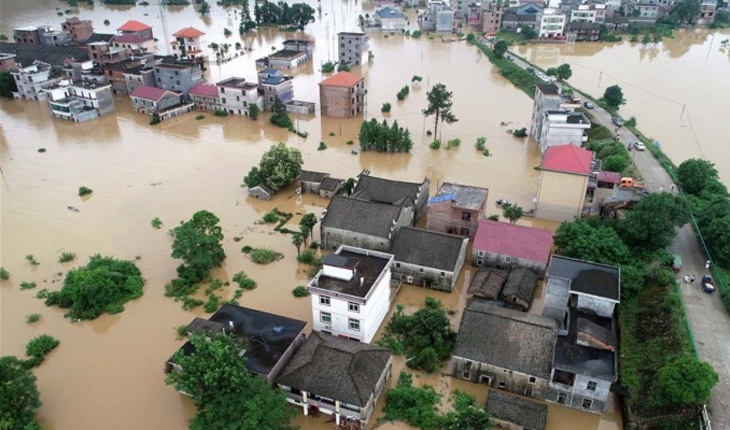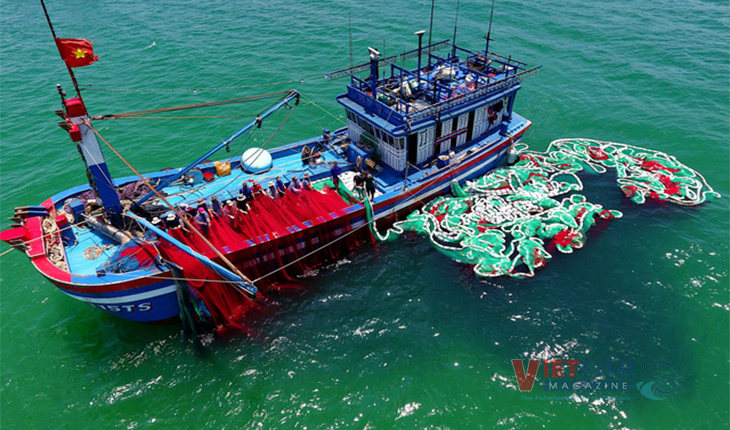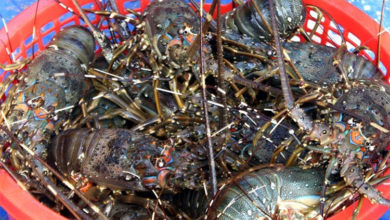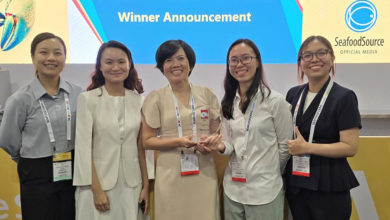Vietnam plans to build green fishing ports
Not only should ports be places for fish to land in, but also they should be tourist destinations. This is an opinion by Minister of Agriculture and Rural Development Lê Minh Hoan.
In the afternoon of April 14, Minister of Agriculture and Rural Development Lê Minh Hoan had a meeting with the Division of Plan, Directorate of Fisheries and consultants related to the planning of fishing ports (Waterway Construction Consultants Joint Stock Company and the Vietnam Academy for Water Resources Joint Operation).
During the meeting, General Director of the Directorate of Fisheries Trần Đình Luân said that seafood resources were in a downward trend during the period 2016-2020 with overexploitation and unassurance of sustainable development of the fisheries.
The construction schedule of fishing ports and shelters is slow and fails the requirements of industrialization and modernization.
There are 125 fishing ports all over the country, but only 92 of them have been invested. Around 1.8 million tons of seafood arrive every year. According to the Law of Fisheries dated 2017, only 68 ports are qualified for notification, including 3 ports type 1, 54 ports type 2 and 11 ports type 3.
As of 2021, more than 2.600 fishing vessels, 24m long, were recorded, accounting for 3% of the total fishing vessels all over the country, and were unevenly located in ports.
Besides, the planning of the fishing port system did not catch up with the growth speed of fishing vessels. Some areas have not paid proper attention to the infrastructure of fishing ports.
The fisheries, therefore, must integrate the exploitation, processing, tourism, landscape conservation, and marine culture. With the construction of five major fisheries centers, the sector sets a target of controlling aquatic resources through ports, from species structure to quantity, seasons and traceability.
“We need to classify fishing vessels working in different areas of the ocean, the nearshore, the middle shore, and the off shore so that fishermen are well aware of their duties in the ocean”, proposed Luân.
Speaking at the meeting, Minister Lê Minh Hoan hopes that the planning of the fishing port system will help change the picture of the fisheries as well as develop the industry sustainably in the direction of increasing aquaculture and decreasing exploitation. The Minister emphasized that the planning must be regarded as a product for advertisement.
Fishing ports will not only be places for local people to earn a living or fishing vessels to land in, but also they are places for tens of millions of fishermen to live and develop. We should produce an overall plan and calculate the amount of reinforced concrete as well as form professional exploitation from spontaneous fishing activities so as to build the fisheries to become an industry.
“Fishing ports can not only be places for fishes to land in. We need to build a green fishing port model with the development direction of tourism”, emphasized Hoan.
VFM






